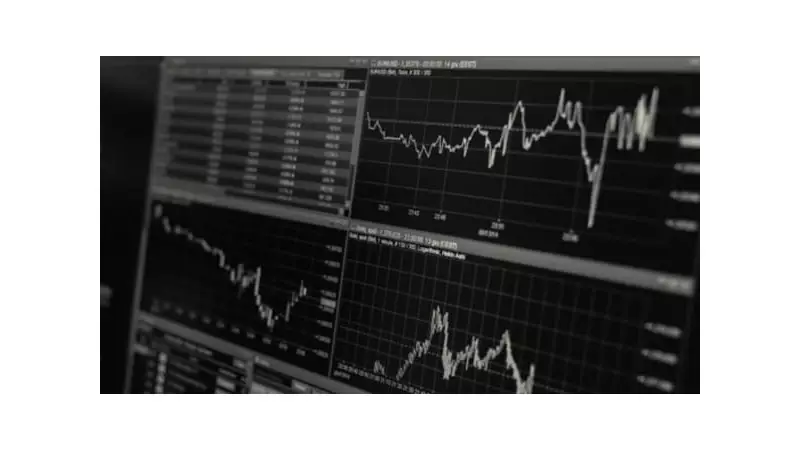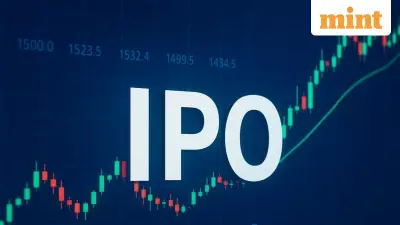
As US stocks experience a turbulent November, Wall Street is turning its attention to the upcoming holiday shopping season for crucial insights into the health of the American consumer. The benchmark S&P 500 has declined more than 4% this month, raising concerns about how market performance might impact spending during the critical Black Friday period and beyond.
Market Volatility Meets Holiday Spending
The stock market rally has stalled significantly in November, with the S&P 500 declining over 4% during the month despite strong quarterly results from semiconductor giant Nvidia. This market weakness comes at a crucial time for retailers, as consumer spending accounts for more than two-thirds of US economic activity.
Chris Fasciano, chief market strategist at Commonwealth Financial Network, emphasized the importance of early shopping indicators. "From a sentiment standpoint, the early reads we get on Black Friday and Cyber Monday, due to the lack of data we have, will be important," Fasciano said. "The entirety of the holiday shopping period will be an important read for where we are with the consumer and what that means for the economy."
Economic Factors Influencing Consumer Behavior
Several economic factors could impact holiday spending patterns. The Cboe Volatility index recently posted its highest closing level since April, reflecting increased market uncertainty. Stock market performance traditionally influences consumer spending, particularly among higher-income households who have greater exposure to equities.
Despite recent declines, the S&P 500 has soared over 80% since its latest bull market began approximately three years ago. Doug Beath, global equity strategist at Wells Fargo Investment Institute, noted: "If you get a pullback there, a lot of the wealth in the upper income is in the stock market... so it will be interesting to see if they spend like they have in the past."
The National Retail Federation projects US holiday sales will surpass $1 trillion for the first time, though growth is expected to slow to between 3.7% and 4.2% from the year-earlier period, compared to 4.3% growth in 2024.
Labor Market and Inflation Concerns
Michael Pearce, deputy chief US economist at Oxford Economics, highlighted the labor market's crucial role in consumer spending. "The most important factor for consumer spending is the health of the labor market," Pearce stated, while noting that slowing employment growth could pressure holiday spending despite strong household balance sheets.
Recent employment data showed US job growth accelerated in September, but the unemployment rate increased to a four-year high of 4.4%. Persistent inflation, exacerbated by import tariffs, represents another potential headwind for consumer spending during the holiday season.
Investors will receive additional consumer insights with Tuesday's release of delayed US retail sales data for September. This report was postponed along with other government releases due to the 43-day federal shutdown that ended earlier this month.
The influx of pent-up economic data in coming weeks could increase market volatility as investors assess the economy's health and the likelihood of Federal Reserve interest rate cuts. Following the September jobs report, Fed funds futures reflected a 67% chance the central bank would hold rates steady in December after implementing quarter-point cuts in each of the prior two meetings.
Morgan Stanley economists now project the Fed will implement three rate cuts in 2026 rather than December, noting that "the policy rate path remains highly data-dependent." As the holiday shopping season commences, all eyes remain on the American consumer's ability to sustain economic momentum amid growing uncertainties.





